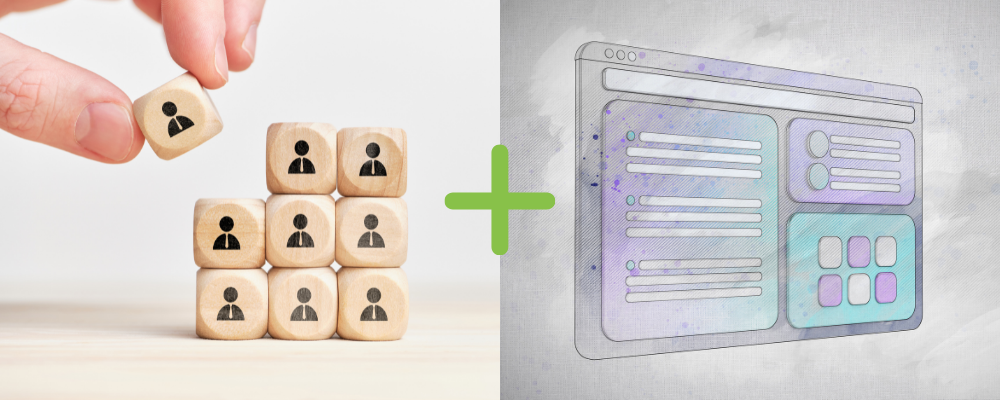One of the most essential parts of product design is understanding the customer. Understanding who you’re designing a product for and how it will meet their needs is crucial to the entire process. The first step in creating this understanding is building user personas.User personas are critical when creating a holistic understanding of your customer base. They also help ensure that product deliveries are successful and accurate. In this article, we will define user personas, walk through how to build them, and highlight some reasons they’re so important.
User persona definition
A user persona is a comprehensive description of a fictional user representing a larger group of customers. This description details their goals, pain points, demographics, interests, and more. All of these play a part in creating a comprehensive understanding of what users want.
This persona can either be created in a longer, multi-page description or constructed as a persona map, a truncated version of the former.
In their most basic form, persona maps facilitate accurate product development with a customer guiding the product release and roadmap. This is in comparison to products you create with generic user groups in mind, or even worse, without any sample user.
How to create a user persona
The easiest way to create a user persona is by using a persona map. A persona map is an editable template accessible through an online whiteboard. It breaks down a complex user persona into a couple of broad and straightforward categories that highlight the most critical factors influencing your example customer.
These four categories say a ton about the mindset, motivations, and frustrations that a group of users have towards your product and often indicate their market behaviors. Here are the four necessities when creating a persona map.
Identity
The first section is devoted to the name & identity of the customer. It’s essential to give your user persona a real name and identity. This humanizes them rather than depicting them as a nameless list of users. Providing them with an identity is the first step to empathizing with their needs and frustrations, a critical part of the persona mapping process.
To take it a step further, you may consider giving this user persona a picture as well.
Demographics
The demographics section will highlight your user personas’ employment details, age, location, relationship status, etc. While you might think these details are tangential to their choices as a customer, they are essential to highlight because they inform a lot about them as a person. Remember, these details should emphasize the elements that a group of ideal users will share, instead of a single user.
Goals
The goals section is where you consider a lot of the vital information about the user’s needs. When looking into the user’s goals, you must accommodate for the specific needs they’ve voiced to you, as well as the things that they like most about their current situation. These needs will be lengthy but should be truncated into a couple of key points that provide the most accurate and prioritized representation of what the user likes & wants.
Frustrations
Understanding a user’s frustrations is just as important as understanding their goals. When you know what your customer doesn’t like, you can create a product that is just as informed as one that focuses on what they do like. Great products do both.
Like the goals section, make sure that you boil this down to a couple of crucial points to avoid pitfalls.
Why are user personas important?
Now that we’ve highlighted how you can build your own persona map, we’ll walk through why they’re so important for businesses.
Building empathy
The most important part of creating a user persona is developing a strong sense of empathy with your users. This will affect everything that you develop for your persona. It is also key to developing a solution that is accurate to the needs of your customers.
Providing product direction
Creating a user persona helps provide customer-driven product directives. That ensures that your product development is steered in the right direction. By integrating direct feedback from your customers, you can ensure that their needs are reflected in the development of your product.
Prevent self-referential design
One of the most dangerous pitfalls in product design is self-referential design. Self-referential design is when you design your product after your own desired vision rather than that of your customers. By creating a user persona based on your customer’s needs, you can ensure that your own personal judgment does not cloud the final product design.
Conclusion
If you are looking to integrate customer perspectives into your product development process, creating a user persona is a great way to do so. It helps ensure that you can create a broad overview of your customer groups and create a product that meets their specific needs.





